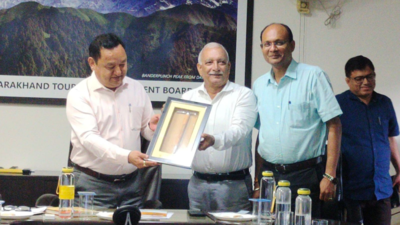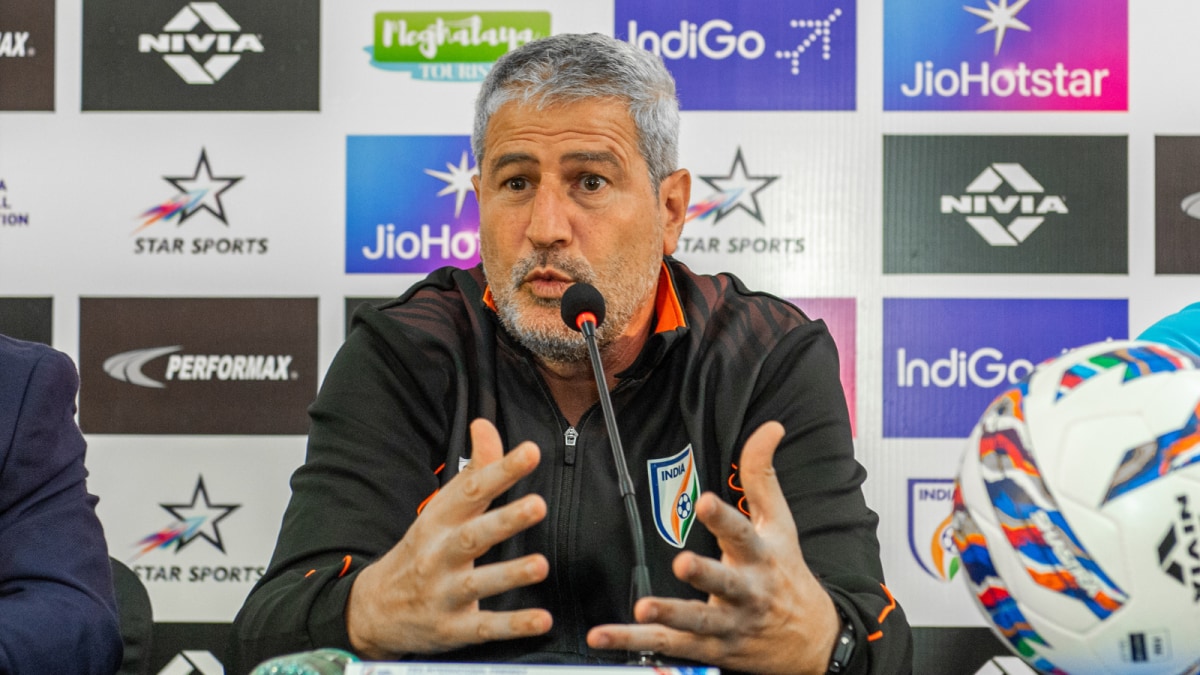ARTICLE AD BOX

In a significant step toward revitalizing Uttarakhand’s adventure tourism sector, a high-level meeting was recently held under the chairmanship of Shri Dheeraj Singh Garbyal, CEO of the Uttarakhand Tourism Development Board (UTDB) and Secretary of Tourism.
The meeting brought together key stakeholders from government departments, mountaineering organizations, and private sector representatives to chart a comprehensive strategy for promoting adventure tourism and streamlining mountaineering expeditions in the state.The meeting saw the participation of prominent dignitaries, including Shri Prasanna Kumar Patro, Chief Conservator of Forests (CCF) and Managing Director of the Uttarakhand Ecotourism Development Corporation; Col.
Vijay Singh, President of the Indian Mountaineering Foundation (IMF); Col. Madan Gurung, Director, IMF; Shri Kirti Payas, Secretary, IMF; Dr. Pooja Garbyal, Additional CEO of UTDB; Shri Rakesh Pant, Founder of Travel and Trek Foundation (TTF); Shri Vaibhav Kala, Senior Vice President of the Adventure Tour Operators Association of India (ATOAI); and several other senior officials and adventure tourism stakeholders.
During the discussions, the IMF proposed reopening the iconic Nanda Devi Peak for mountaineering and emphasized the need to fast-track the process through a proper mechanism. The Tourism Secretary responded positively and assured that necessary action would be initiated. The IMF also recommended accelerating approvals for mountaineering expeditions in sensitive border areas, adhering to National Security Council (NSC) guidelines to ensure seamless and secure operations.The Tourism Department suggested exploring winter tourism opportunities by keeping Gangotri National Park open from October to March, which is the prime time for spotting the elusive snow leopard. Hemis National Park in Ladakh was highlighted as a successful example of year-round ecotourism that could serve as a model.To ensure the safety of adventure seekers, the Tourism Secretary directed the creation of a coordinated safety mechanism involving the Forest Department, IMF, tour operators, and local stakeholders.
In parallel, the Forest Department reported that a single-window portal was under development to simplify and speed up the registration process for various treks.Another important proposal was to include more peaks below 6000 meters as officially open peaks for mountaineering. The peaks under consideration included Baljuri (5922 m), Laspa Dhura (5913 m), Bhanolti (5645 m) in Bageshwar, and Rudragyara (5819 m) in Uttarkashi.Additionally, the Secretary instructed that stakeholder expectations be reviewed for the redevelopment of Sandra and Bhojbasa bridges in Uttarkashi, given their critical importance for trek routes. Officials were also directed to update the list of trekking sites and begin a reassessment of their ecological carrying capacity to ensure long-term sustainability.ATOAI proposed placing a cap on the number of trekkers allowed on specific routes to enhance monitoring, promote safety, and ensure accountability.
The Secretary emphasized that any adventure-related incidents must be reported promptly and processed quickly to ensure transparency and proper support for those affected.Recognizing the need for better coordination, the Secretary stressed the active involvement of ground-level staff and mandated that district-level tourism events be notified in advance to local administrations for appropriate arrangements and security.Col. Vijay Singh, President of IMF, proposed organizing an annual national-level Adventure Tourism Meet to bring together tour operators, stakeholders, and industry representatives on a shared platform to exchange ideas and collaborate.Finally, all stakeholders agreed that regular inter-departmental meetings should be institutionalized to maintain momentum, improve coordination, and systematically promote Uttarakhand as a premier destination for adventure tourism and mountaineering.



.png)
.png)
.png)
















 13 hours ago
5
13 hours ago
5









 English (US) ·
English (US) ·